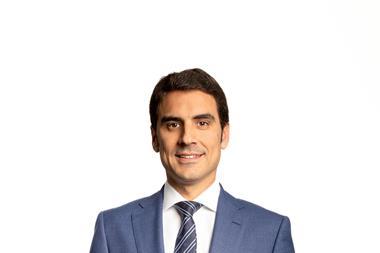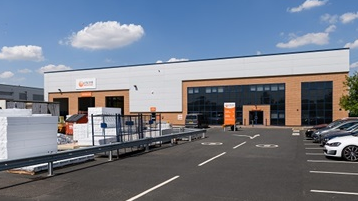EUROPE – German institutional investors are looking to core-plus assets amid central business district (CBD) yield compression – but are as yet unwilling to move much further up the risk curve, according to IVG.
Despite a partial rental recovery in some secondary sub-markets adding pressure on investors to rethink their largely exclusive preference for core, IVG managing director Thomas Beyerle said they would look to investment opportunities only marginally down the risk curve, such as high-quality offices in city fringe sub-markets.
In a note this week, IVG said: "Investment demand is expected to remain high, but supply of core products will be scarce. It will depend on the strength of the economic recovery in Germany and the euro-zone whether investors are ready to accept higher risks or not."
The firm expects rental markets to regain momentum in the second half as a result of the euro having been "almost rescued".
But demand from overseas investors will continue to focus investment on the seven largest markets, which last year accounted for 86% of office deals compared with 60% for commercial property as a whole.
"If the economy recovered and investors took more risk, then commercial property investments would rise in the regional centres – it has already happened in the last two years – but also in the major seven markets," said Beyerle, adding that he did not expect any major increase in non-major regional markets in the near future.
Meanwhile, IVG expects the yield spread between good quality and obsolescent secondary to widen, with the latter attracting capital only as a result of an exceptional location or lack of vacant space in other categories.
Both are unlikely, given tight property lending and a continuing high vacancy rate across much of the German office market.
"While high-quality products in good secondary locations of the major seven markets attracted demand from investors, there is almost no demand for outdated, obsolescent stock in secondary locations," said Beyerle.












